Vegetables & Herbs Plant Structures Augmented for Human Use


Vegetables & Herbs Outcomes
-
List the parts of plants that we consume as vegetables.
-
Describe the vegetables developed from Brassica oleracea.
-
Explain how herbs and other plants defend themselves against herbivores.
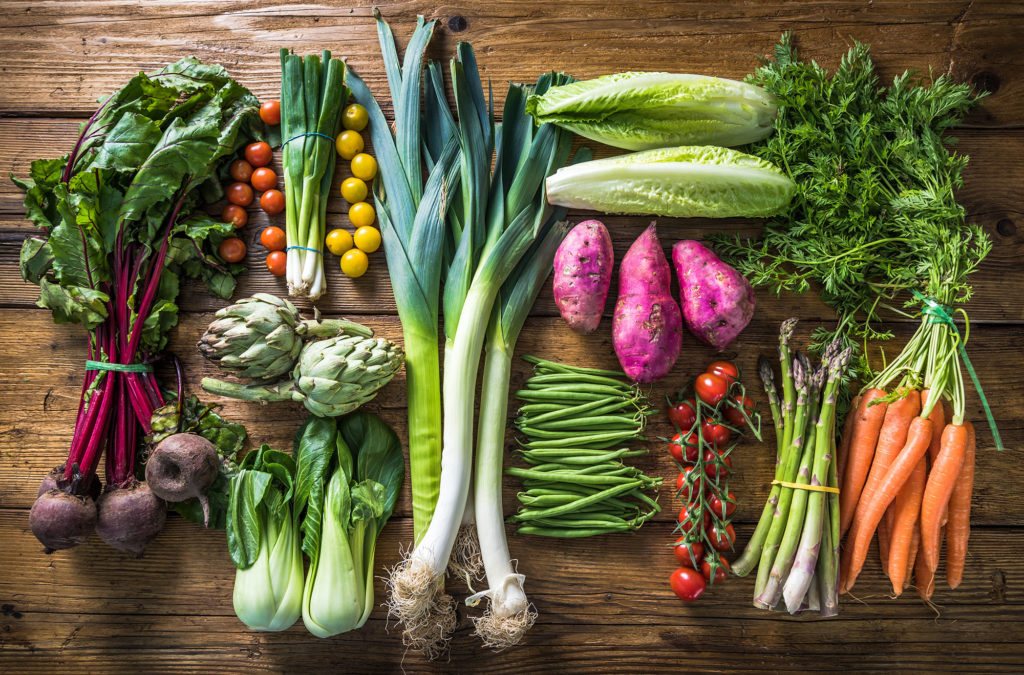
From last week\’s lab, which of the foods in this photo are not vegetables?
answer: tomatoes & beans
(fruit)
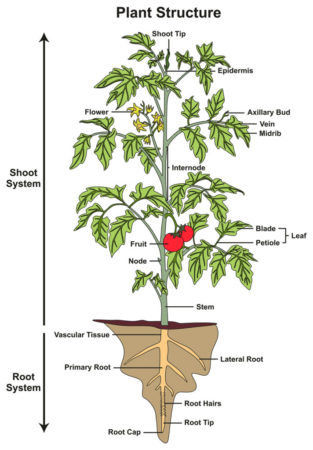
Vegetables are derived from specific leaves, stems, or roots that have been bred over generations to improve size, taste, and nutrient quality.
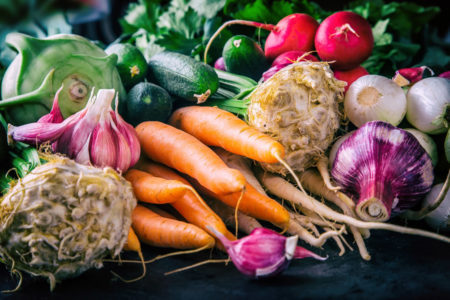
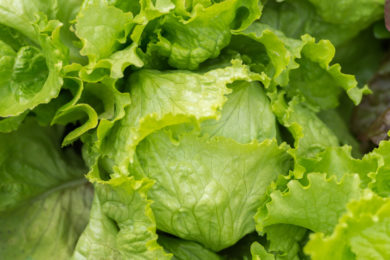
Leaf
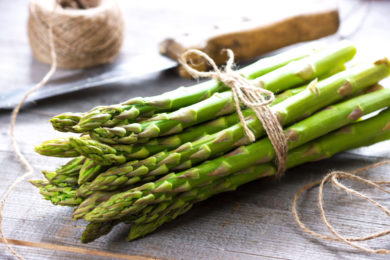
Stem
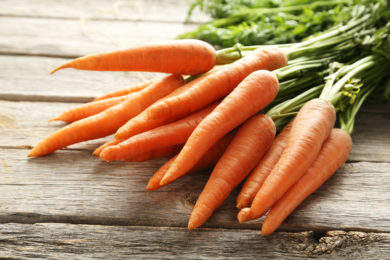
Root
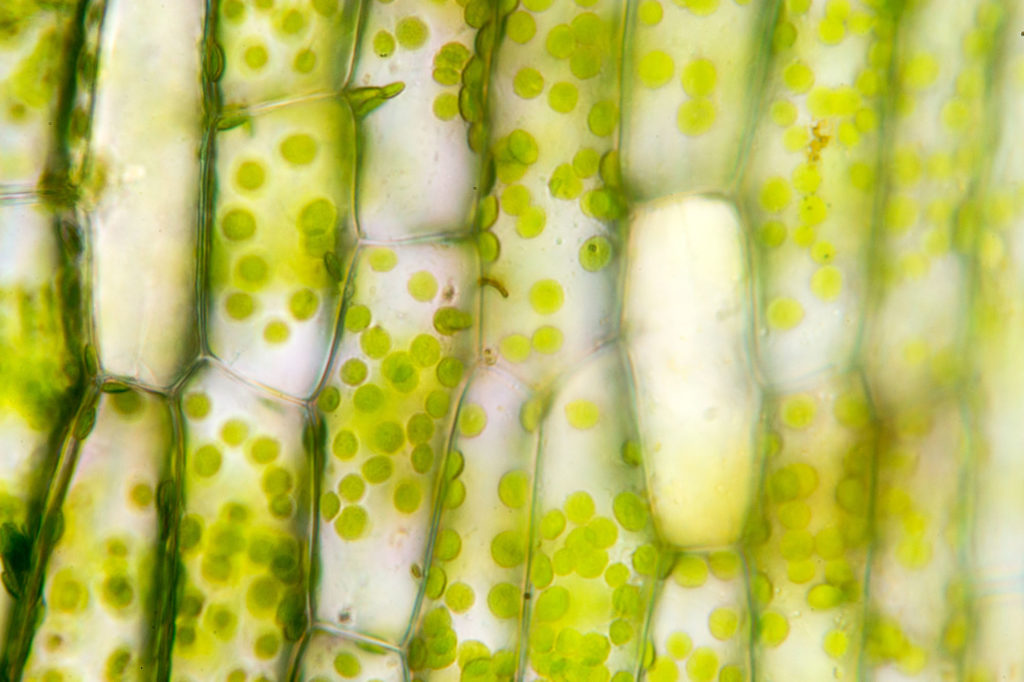
The common green color of leaf vegetables is due to chlorophyll pigments that absorb light for photosynthesis.
Chlorophyll is found in chloroplasts, they are the green spheres within the cells in this photo (400x magnification).
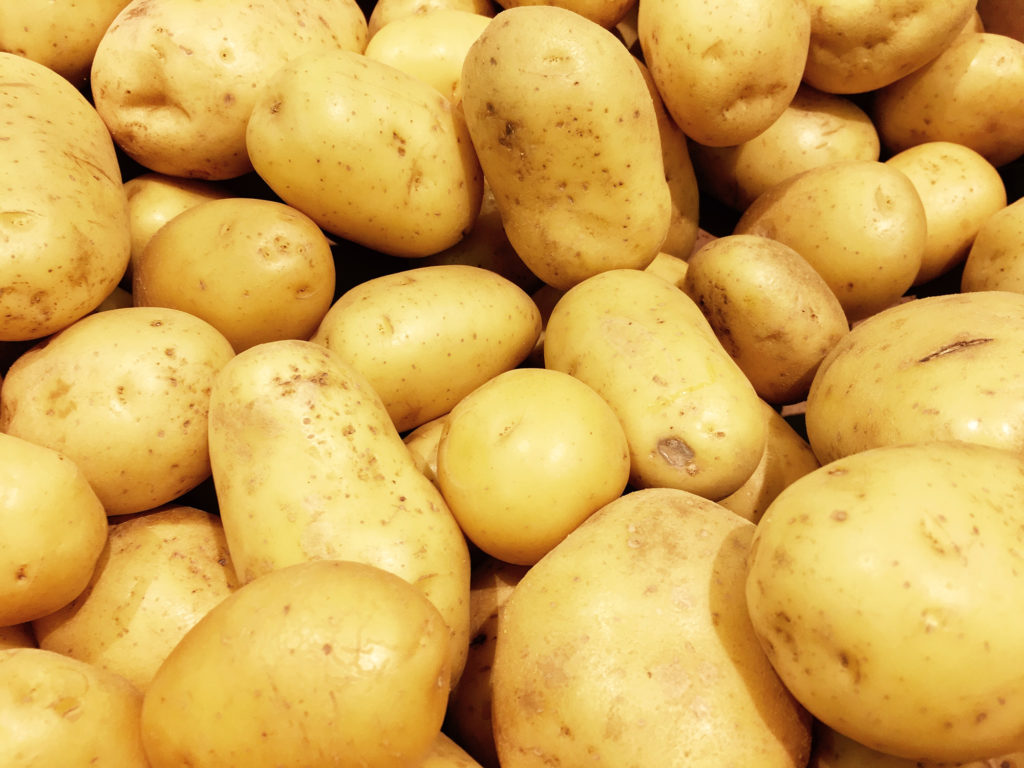
Potatoes are modified stems and sweet potatoes are modified roots of a different species. Generally roots have more nutrients than stems.
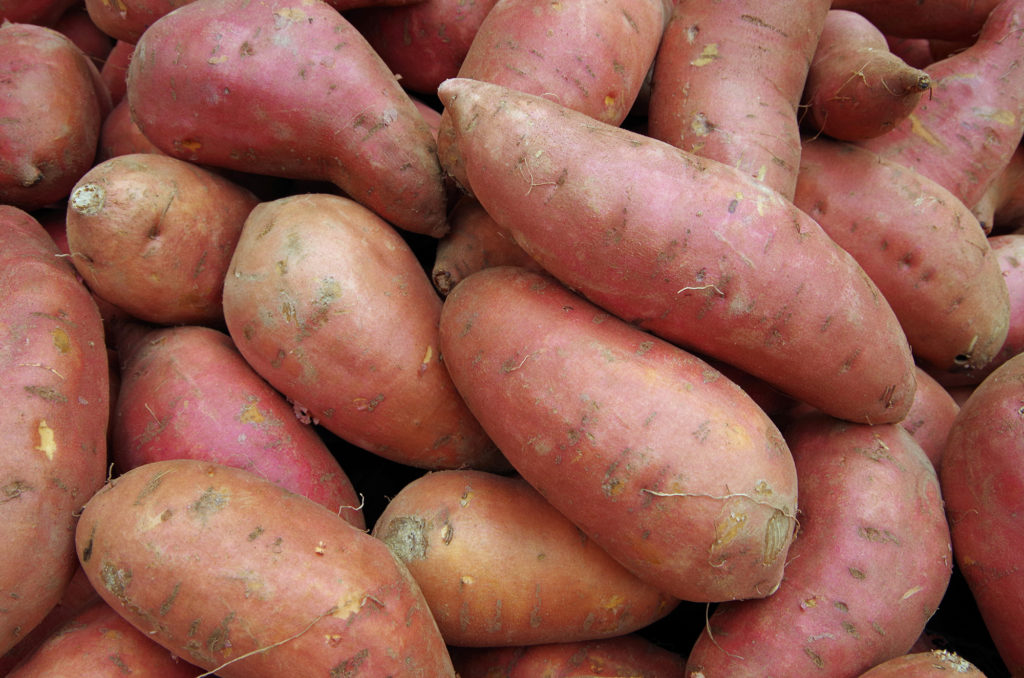
Several vegetables have been developed from a single species: Brassica oleraceae, the wild cabbage. Selective breeding of parent plants with desired traits over many generations led to larger leaves, or buds, or stems.
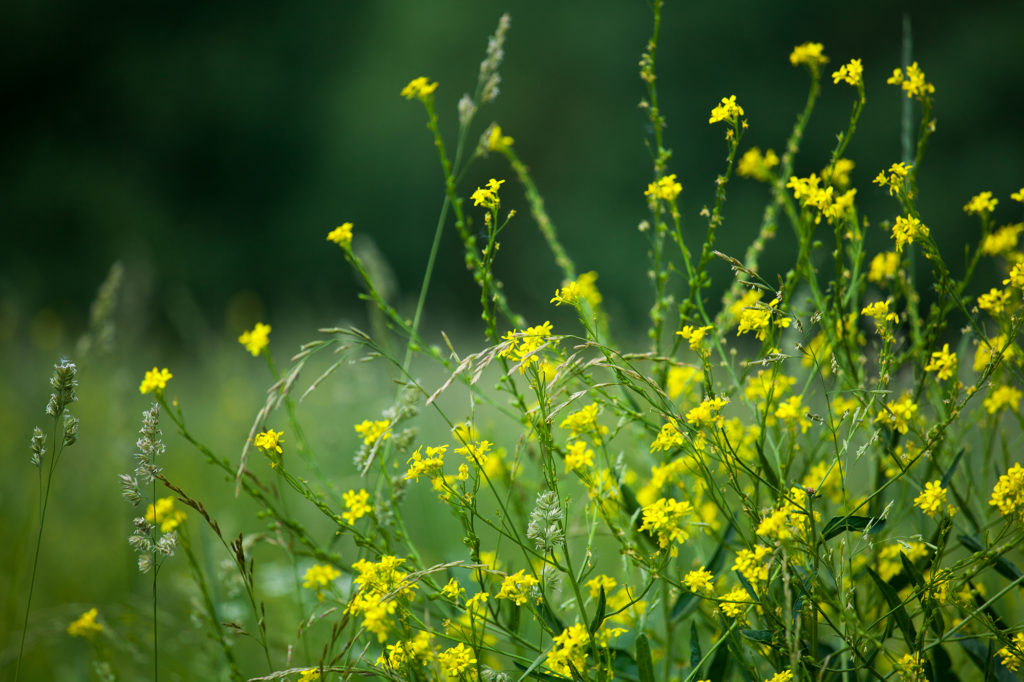
Varieties bred from the wild cabbage species include: cabbage (leaf), kale (leaf), broccoli (flower buds), cauliflower (flower buds), and Brussels sprouts (axial buds).
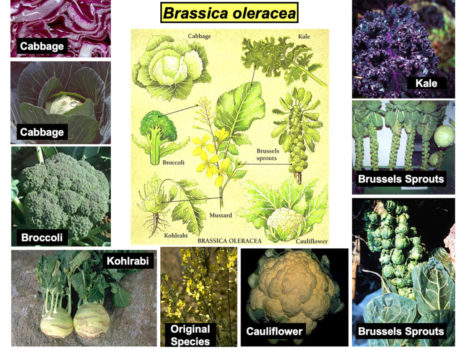
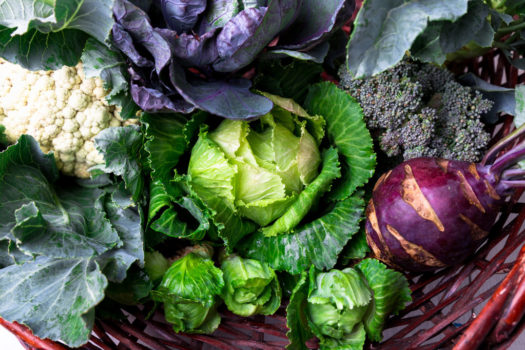
Herbs are plant structures that are typically used in small quantities to enhance food flavor.
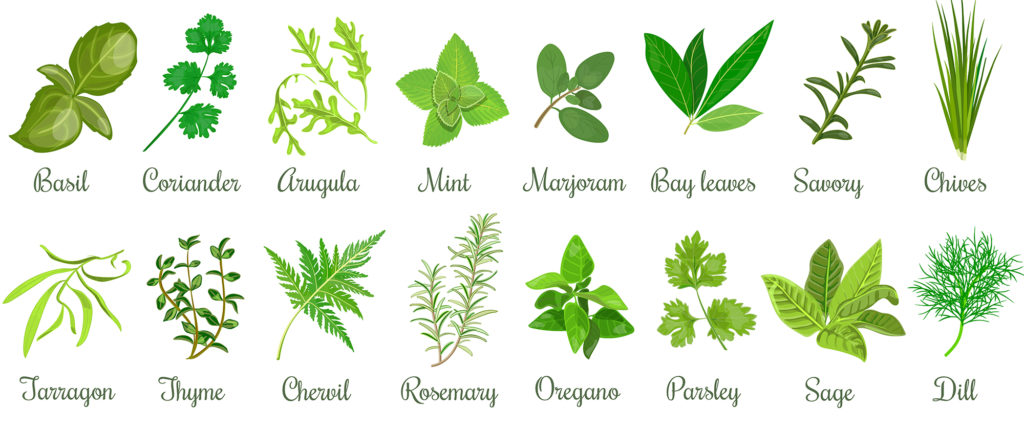
This video discusses how thyme plants use chemicals and small hair-like (trichome) mechanical structures to repel potential pests.
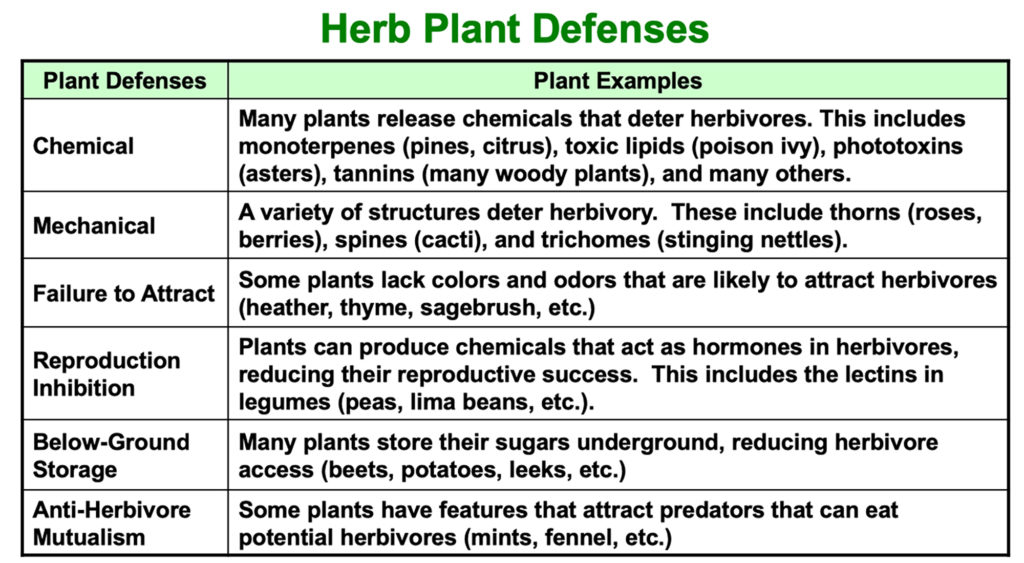
Herbs and other plants have diverse defenses against potential herbivores.
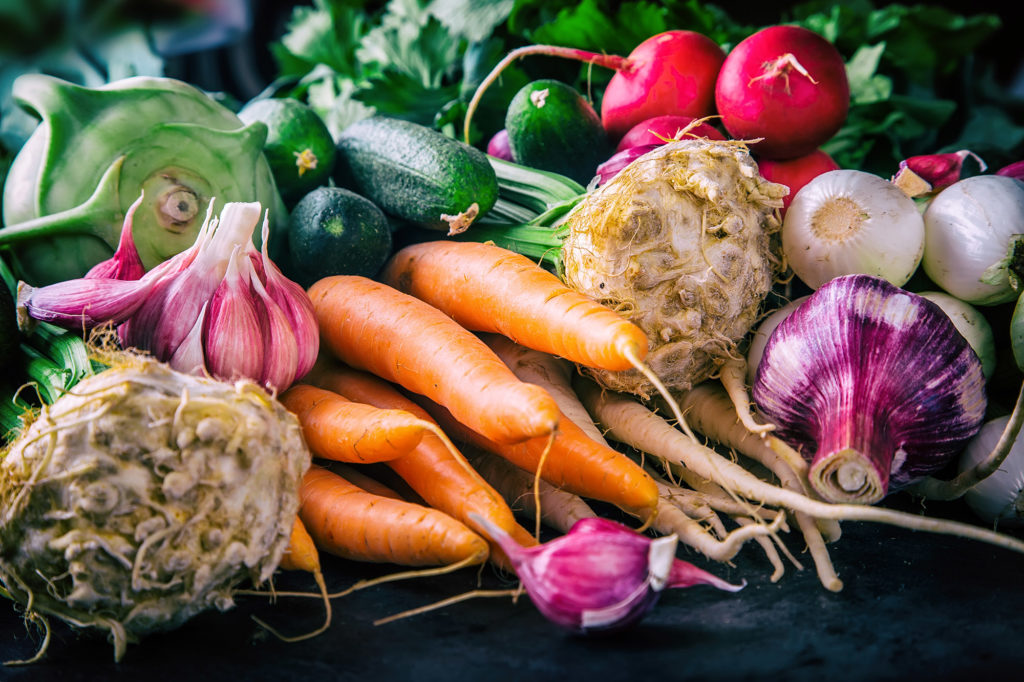
Check your knowledge. Can you:
-
list the parts of plants that we consume as vegetables?
-
describe the vegetables developed from Brassica oleracea?
-
explain how herbs and other plants defend themselves against herbivores?